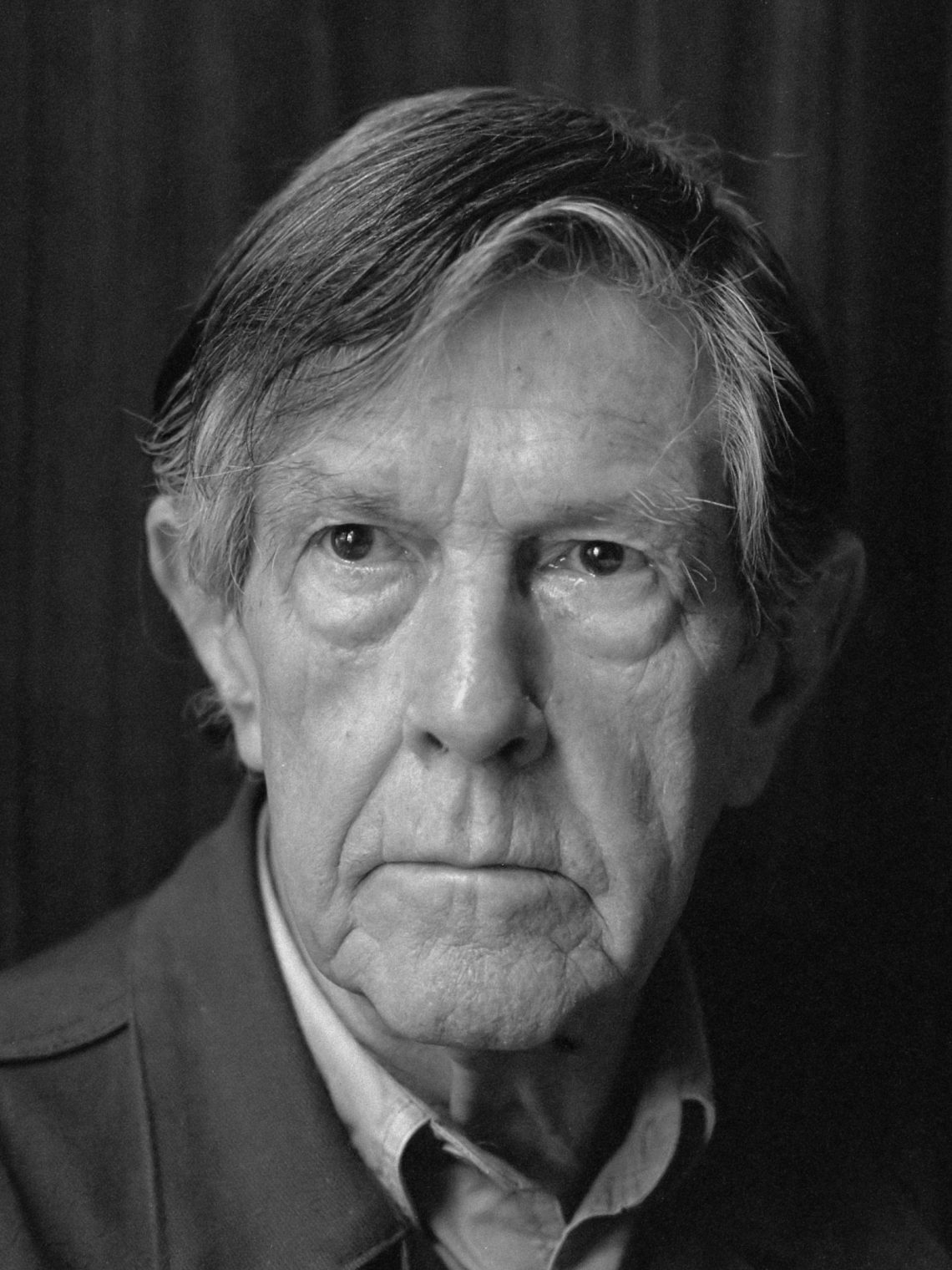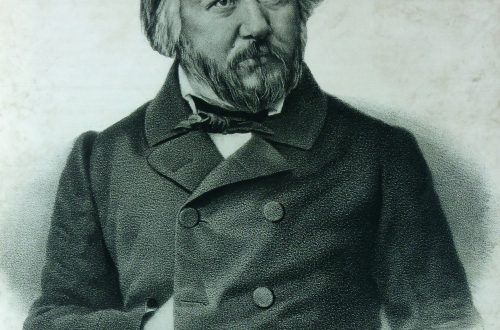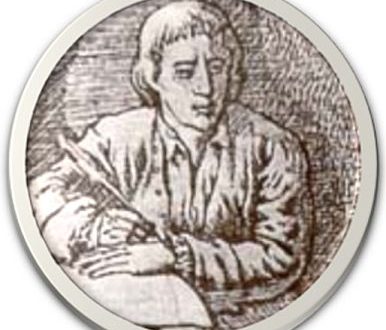
John Cage |
John Cage
American composer and theorist, whose controversial work strongly influenced not only modern music, but also a whole trend in the art of the mid-20th century, associated with the use of “random” elements (aleatoric) and “raw” life phenomena. Cage was inspired by the teachings of Zen Buddhism, according to which nature has no internal structure, or hierarchy of phenomena. He was also influenced by modern theories of the interconnection of all phenomena, developed by the sociologist M. McLuhan and the architect B. Fuller. As a result, Cage came to music that included elements of “noise” and “silence”, used natural, “found” sounds, as well as electronics and aleatorics. The fruits of these experiences can not always be attributed to the category of works of art, but this is exactly consistent with the idea of Cage, according to which such an experience “introduces us to the very essence of the life that we live.”
Cage was born September 5, 1912 in Los Angeles. He studied at Pomona College, then in Europe, and after returning to Los Angeles studied with A. Weiss, A. Schoenberg and G. Cowell. Dissatisfied with the limitations imposed by the traditional Western tonal system, he began to create compositions with the inclusion of sounds, the sources of which were not musical instruments, but various objects surrounding a person in everyday life, rattles, crackers, as well as sounds generated by such unusual procedures as, for example, by submerging vibrating gongs in water. In 1938, Cage invented the so-called. a prepared piano in which various objects are placed under the strings, as a result of which the piano turns into a miniature percussion ensemble. In the early 1950s, he began to introduce aleatoric into his compositions, using various kinds of manipulations with dice, cards, and the Book of Changes (I Ching), an ancient Chinese book for divination. Other composers have occasionally used “random” elements in their compositions before, but Cage was the first to apply aleatoric systematically, making it the main principle of composition. He was also one of the first to use specific sounds and the special possibilities of changing traditional sounds obtained when working with a tape recorder.
Three of Cage’s most famous compositions were first performed in 1952. Among them is the notorious piece 4’33”, which is 4 minutes and 33 seconds of silence. However, the silence in this work does not mean the complete absence of sound, since Cage, among other things, sought to draw the listeners’ attention to the natural sounds of the environment in which 4’33 is performed. Imaginary Landscape No. 4 (Imaginary Landscape No. 4) is written for 12 radios, and here everything – the choice of channels, the power of the sound, the duration of the piece – is determined by chance. The untitled work, performed at Black Mountain College with the participation of artist R. Rauschenberg, dancer and choreographer M. Cunningham and others, became the prototype of the “happening” genre, in which spectacular and musical elements are combined with simultaneous spontaneous, often absurd actions of the performers. With this invention, as well as his work in the composition classes at the New School for Social Research in New York, Cage had a noticeable impact on a whole generation of artists who adopted his view: everything that happens can be considered as theater (“theater” is everything that happens at the same time), and this theater is equal to life.
Beginning in the 1940s, Cage composed and performed dance music. His dance compositions are not related to choreography: music and dance unfold simultaneously, maintaining their own form. Most of these compositions (which sometimes use a recitation in a “happening” manner) were created in collaboration with the dance troupe of M. Cunningham, in which Cage was the music director.
Cage’s literary works, including Silence (Silence, 1961), A Year from Monday (A Year from Monday, 1968) and For the Birds (For the Birds, 1981), go far beyond musical issues, cover the whole spectrum of ideas concerning ” aimless game” of the artist and the unity of life, nature and art. Cage died in New York on August 12, 1992.
Encyclopedia





